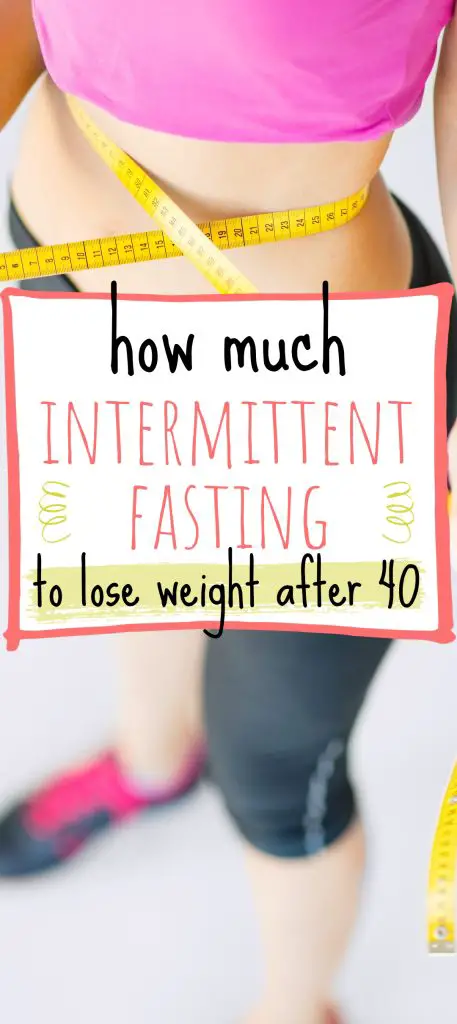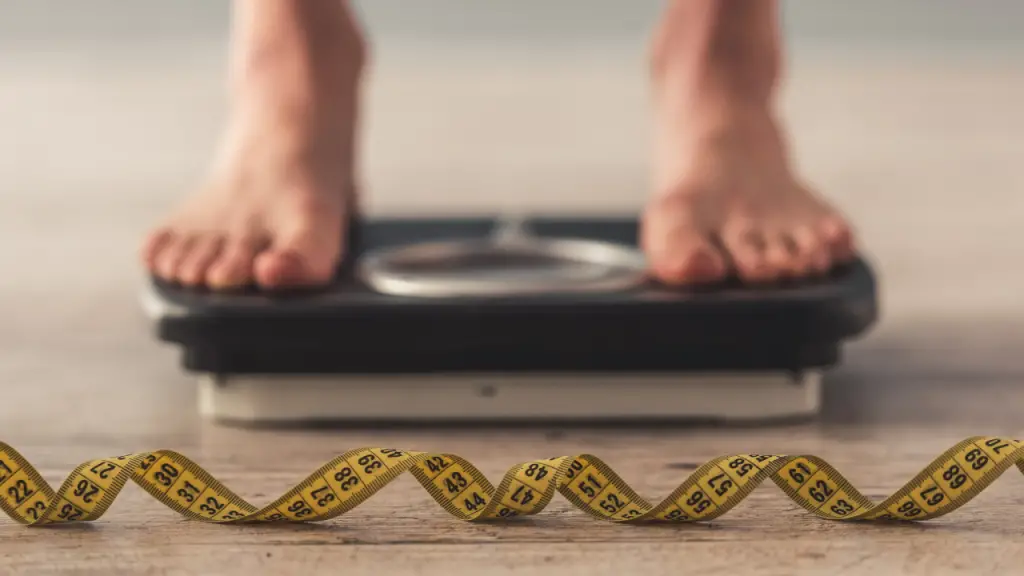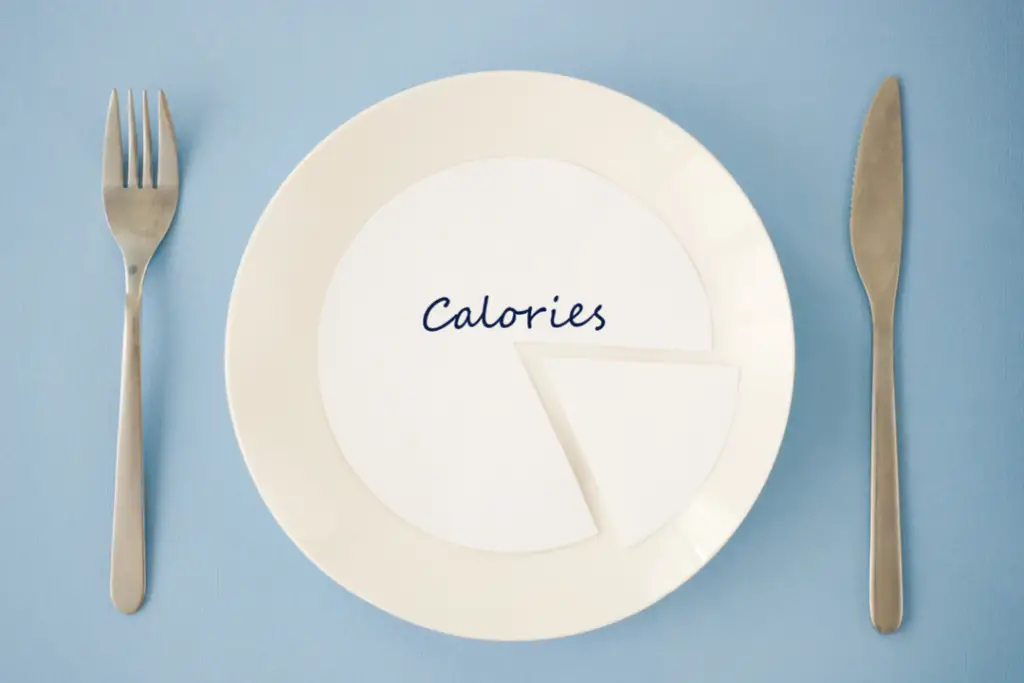Have you been wondering how much intermittent fasting to do for weight loss? After reading this article, you will know how to pick your optimal intermittent fasting window and fasting frequency. Tip: it’s all about metabolic switching! Read on to find out what I mean.
How Much Intermittent Fasting for Weight Loss
Intermittent fasting, also known as time-restricted eating, could also be called metabolic switching. The mechanism that enables you to overcome your food cravings, enjoy food without feeling like you need to eat more, discover your accurate hunger cues, burn fat, and feel incredible is all about the metabolic switchover that occurs when you fast.

Metabolic Flexibility
Most of us run on glucose for energy all the time. Glucose is a readily available, easily usable energy source for our bodies. Metabolic flexibility is when your body can easily switch from glucose to fatty acids for energy.
Glucose as a Source of Energy
Glucose mainly comes from carbohydrate-rich foods like grains, potatoes, and fruits. When you consume these foods, your body produces the hormone insulin. Insulin transports glucose into your cells for energy or storage for later use. It’s a brilliant mechanism!
However, since fasting has become a rare practice and frequent snacking is often encouraged, your body rarely gets a break from producing insulin. As a result, glucose constantly circulates in your blood, and your cells eventually don’t respond to insulin as efficiently. Your body needs to secrete even more insulin for the same results. This issue is known as insulin resistance, one of the root causes of sugar cravings.
Insulin Resistance
Insulin resistance makes it harder for your body to stabilize your blood sugar throughout the day. When your blood sugar crashes, a quick fix is to consume more sugar (that’s why you crave sugar). Many health experts recommend remedying the issue by consuming foods encourage a slow release of insulin-like whole grains, protein, and healthy fats. Unfortunately, as we age, many of us will notice that eating anything makes us want to eat more. Don’t worry! There is a solution, and it all ties in with how much intermittent fasting for weight loss.

Ketones as a Source of Energy
Did you know your body doesn’t have to use glucose for energy? When your body runs out of stored glucose (glycogen), it starts using your fat cells (fatty acids) to produce ketones. So whenever you don’t eat, your body doesn’t have access to glucose and doesn’t have to produce insulin. That is the key to metabolic flexibility.
How Long You Need to Fast for Metabolic Flexibility
The length of your fast for the metabolic switchover will vary depending on the types of foods you eat, whether you have been in ketosis before, and how often you fast. Fortunately, with practice, you can feel the switchover happens. Before learning this skill, using a ketone monitor will help you determine how much intermittent fasting to do for weight loss.
Using a Ketone Monitor to Know How Much Fasting for Weight Loss
As a beginner, using a ketone monitor to know how much fasting to do for weight loss is helpful. Before we get into the optimal weight loss ketosis that you should aim for, let’s talk about how frequently you should fast for weight loss.

How Often Should You Practice Intermittent Fasting for Weight Loss
The answer to the question of how much intermittent fasting for weight loss is twofold: how frequently and how long. Let’s address how frequently it is first. How often will depend very much on how quickly you want to lose weight and how long you fast when you do fast. First, I recommend you don’t fast every single day. Five days a week is usually the maximum I advise. Limiting how many days you fast is helpful to ensure your body thrives on glucose some days and doesn’t get too accustomed to fasting. Moreover, it’s great for your mindset! You get to enjoy three meals a day sometimes!
The longer your fasts, the less frequently you should fast. That being said, I know some women who thrive on OMAD (one meal a day) and do it daily. I am offering some general guidelines, but do what works for YOU. Typically, I would recommend 2-3 fasting days for women who are intermittent fasting with a fasting window of around 24 hours. If your fasting window is about 20 hours, you can fast 4-5 days a week. At a minimum, I would recommend one fast a week, and if you fast only once a week, it should be for at least 24 hours.
How Long Should You Fast for Weight Loss
How do you determine the length of your fast? That’s where your ketone monitor comes in. You want to ensure you spend at least 2 hours in optimal weight loss ketosis, around 1 mmol/L. Some sources even recommend 1.5 mmol/L, but I successfully lost 30 lbs, and my ketone level was rarely above 1.2 mmol\L. That’s where “feeling the switchover” will be helpful.
If you want a ketone monitor recommendation, check out the Keto Mojo with my affiliate link and receive a 15 percent discount.

Feeling the Metabolic Switchover
Although a ketone monitor is helpful, particularly at first, it is not essential. You can feel the difference when your body reaches optimal weight loss ketosis. You will notice that:
- Your hunger doesn’t make you feel “hangry. ” On the contrary, you feel happy!
- You have more energy
- You feel focused
As a beginner, when I “felt” the switchover, I would measure my ketones to see what level was enough to create these changes, and for me, it was 1 mmol/L. I would then ensure I kept fasting for 2-3 hours afterward. If I measured my ketones before breaking my fast, I would usually find that it was still at 1 mmol\L or a bit higher, but not much.

In Summary
That’s all! Now, you have all the elements to determine how much intermittent fasting you need for weight loss. Ensure you fast long enough to achieve optimal weight loss ketosis and frequently enough to achieve your weight loss goal without stressing your body too much. Most women will find that fasting for at least 20 hours 4-5 days a week yields excellent results.





